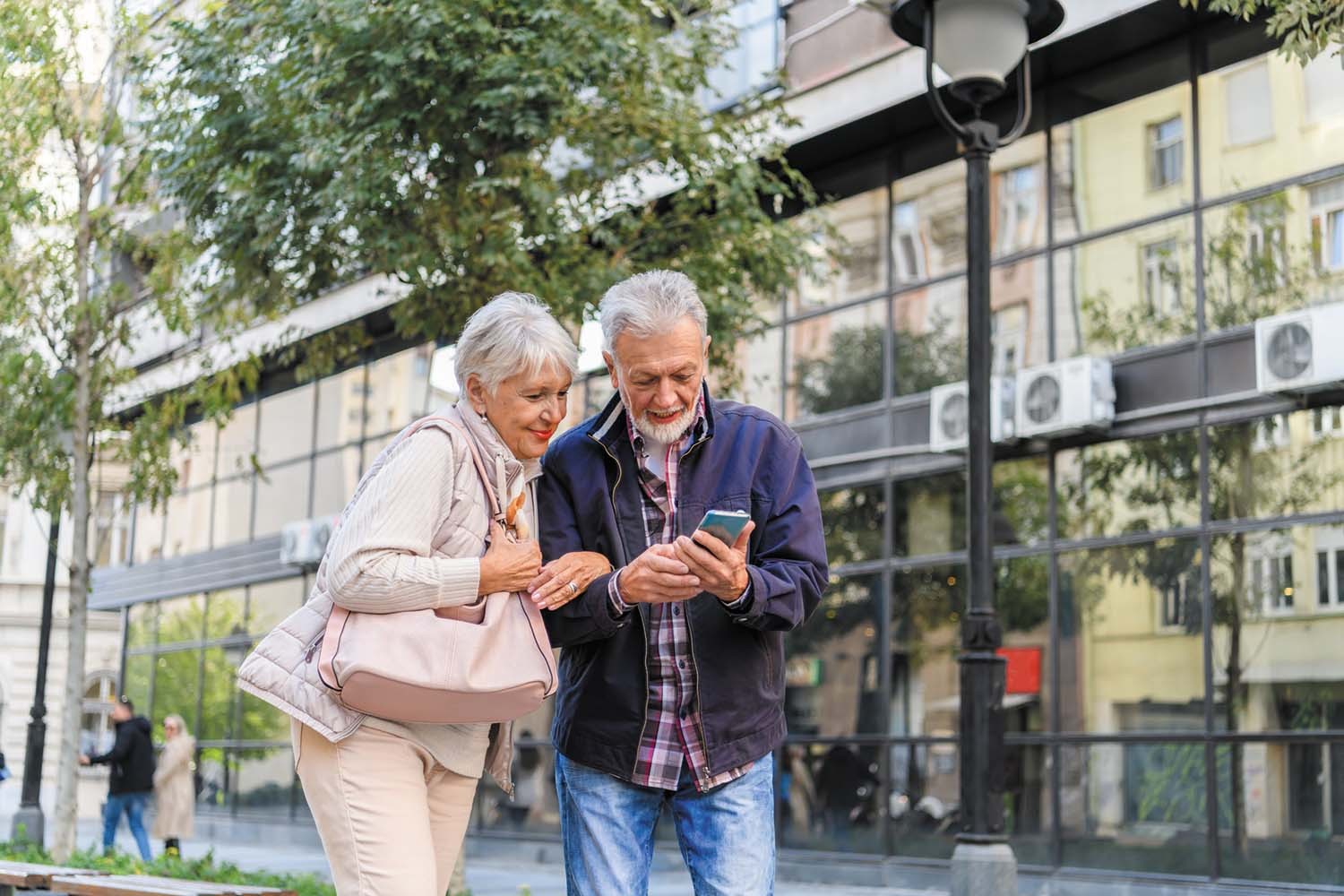Traveling with urinary incontinence can feel daunting, but with careful planning and the right strategies, you can confidently manage your bladder and enjoy your journey. Whether you’re planning a cross-town trip or a long-distance adventure, understanding how to control urine while traveling is key. This guide provides expert advice to help you minimize stress and maximize comfort on the road.
Strategies for Managing Urinary Incontinence During Travel
1. Avoid Bladder Irritants Before and During Your Trip
Certain foods and drinks can exacerbate bladder issues, leading to increased urgency and frequency. Starting at least a day before your trip, limit or avoid the following:
- Caffeine: Found in coffee, tea, energy drinks, caffeinated sodas, and chocolate, caffeine stimulates the bladder.
- Carbonated Beverages: Sparkling water and sodas can irritate the bladder lining.
- Alcohol: Alcohol is a diuretic, increasing urine production.
- Spicy Foods: Spicy foods can trigger bladder irritation in some individuals.
Prioritize plain water to stay hydrated without irritating your bladder. As Dr. Mallika Anand, a urogynecologist at Harvard-affiliated Beth Israel Deaconess Medical Center, advises, “What you eat or drink now can affect you later in the day or even the next day. Favor plain water if possible.”
2. Practice Urge Suppression Techniques
Urge suppression involves consciously controlling the bladder muscles to reduce the sensation of urgency. This technique sends signals from the voluntary pelvic floor muscles to the involuntary bladder muscles, preventing contractions.
Dr. Anand suggests the following exercise: “When you’re at home, with access to a bathroom, if you feel the sudden urge to urinate, stay seated and contract your pelvic floor muscles—the ones you’d normally squeeze to hold in urine or gas. After five seconds, calmly walk to the restroom. Physical therapists who specialize in such urge suppression techniques [pelvic floor therapists] can help you learn how to do this.”
Consistent practice can improve your ability to manage urges while traveling.
3. Consider Medication for Short-Term Relief
If you’re concerned about your bladder affecting your trip, consult your doctor about medications that can ease an overactive bladder or increase bladder capacity. However, it’s crucial to test any medication well in advance of your trip to assess potential side effects.
“Test the medication at least a month before you need it, to check for side effects, including difficulty urinating or emptying your bladder,” Dr. Anand recommends. This precaution ensures that the medication is effective and doesn’t cause unwanted complications during your travels.
4. Choose Adaptive Clothing for Comfort and Confidence
Selecting the right clothing can significantly improve your comfort and confidence when managing urinary incontinence while traveling.
- Easy-to-Use Fasteners: Opt for clothes with elastic waistbands or easy-to-open fasteners for quick access.
- Dark Colors: Dark-colored clothing can help conceal any accidental leaks.
- Long Shirts: Longer shirts that cover your bottom can provide added coverage.
- Bladder Leak Underwear: Invest in absorbent, washable, and reusable bladder leak underwear for added protection.
You might also want to apply barrier cream with zinc oxide near your inner thighs to prevent skin irritation.
5. Pack a Travel Supply Kit for Incontinence
Prepare a small bag with essential supplies to manage any unexpected situations:
- Change of underwear or pants
- Adult diapers with a natural fiber lining (cotton or bamboo)
- Odor-control spray
- Gallon-sized plastic bag for wet clothing
- Towel
- Portable urinal
Having these items readily available can provide peace of mind and ensure you’re prepared for any eventuality.
6. Locate Bathroom Facilities in Advance
 photo of a senior couple looking at a smartphone while standing outside a building
photo of a senior couple looking at a smartphone while standing outside a building
Knowing the location of public restrooms can reduce anxiety and allow you to plan your route effectively. Before you travel, research the availability of restrooms at your destinations and along your route. Use online resources, apps, or call ahead to gather this information. Consider these apps that map the locations of hundreds of thousands of bathrooms in North America such as Toilet Finder or Flush. For specific countries, like Australia, National Public Toilet Map is provided by the Australian government and focuses on public bathrooms in Australia.
7. Schedule Regular Bathroom Breaks
Plan frequent bathroom breaks to avoid urgency and reduce the risk of accidents. “Go to the bathroom before you leave home, and then try to use a bathroom every two to three hours, even if you don’t think you need to go. Waiting any longer could risk an accident or a larger leak,” Dr. Anand advises.
8. Be Kind to Yourself
Accidents happen, and it’s important not to be too hard on yourself. Urinary incontinence is a common issue, and many people experience similar challenges. As Dr. Anand notes, “We are seeing it at younger and younger ages now that people carry larger water bottles everywhere and start drinking coffee at younger ages. So just do what you can to avoid an accident. Don’t let your bladder rule your life.” Focus on what you can control and remember that managing incontinence is an ongoing process.
9. Utilizing TSA Notification Card
If planning to wear an adult diaper on an airplane, consider signing up for a TSA notification card. This alerts agents about your condition, potentially affecting your screening process. Further details can be found on the TSA website.
Understanding Overactive Bladder
Overactive bladder is a common condition, particularly as we age, characterized by unpredictable contractions of the bladder wall muscle. Symptoms include a sudden, urgent need to urinate, frequent urination, and urine leakage with urgency.
 illustration showing behavior of a normal bladder versus an overactive bladder, with bladder muscle contracting before the bladder is full
illustration showing behavior of a normal bladder versus an overactive bladder, with bladder muscle contracting before the bladder is full
While medication can help, initial approaches typically involve lifestyle adjustments like bladder training, pelvic floor exercises, regular exercise, weight loss, and limiting fluid intake.
Conclusion: Take Control and Enjoy Your Travels
Managing urinary incontinence while traveling requires planning, preparation, and a positive attitude. By implementing these strategies, you can minimize anxiety, enhance your comfort, and confidently explore the world. Remember, your bladder doesn’t have to dictate your travel experiences. Take control, stay prepared, and enjoy your journey.
